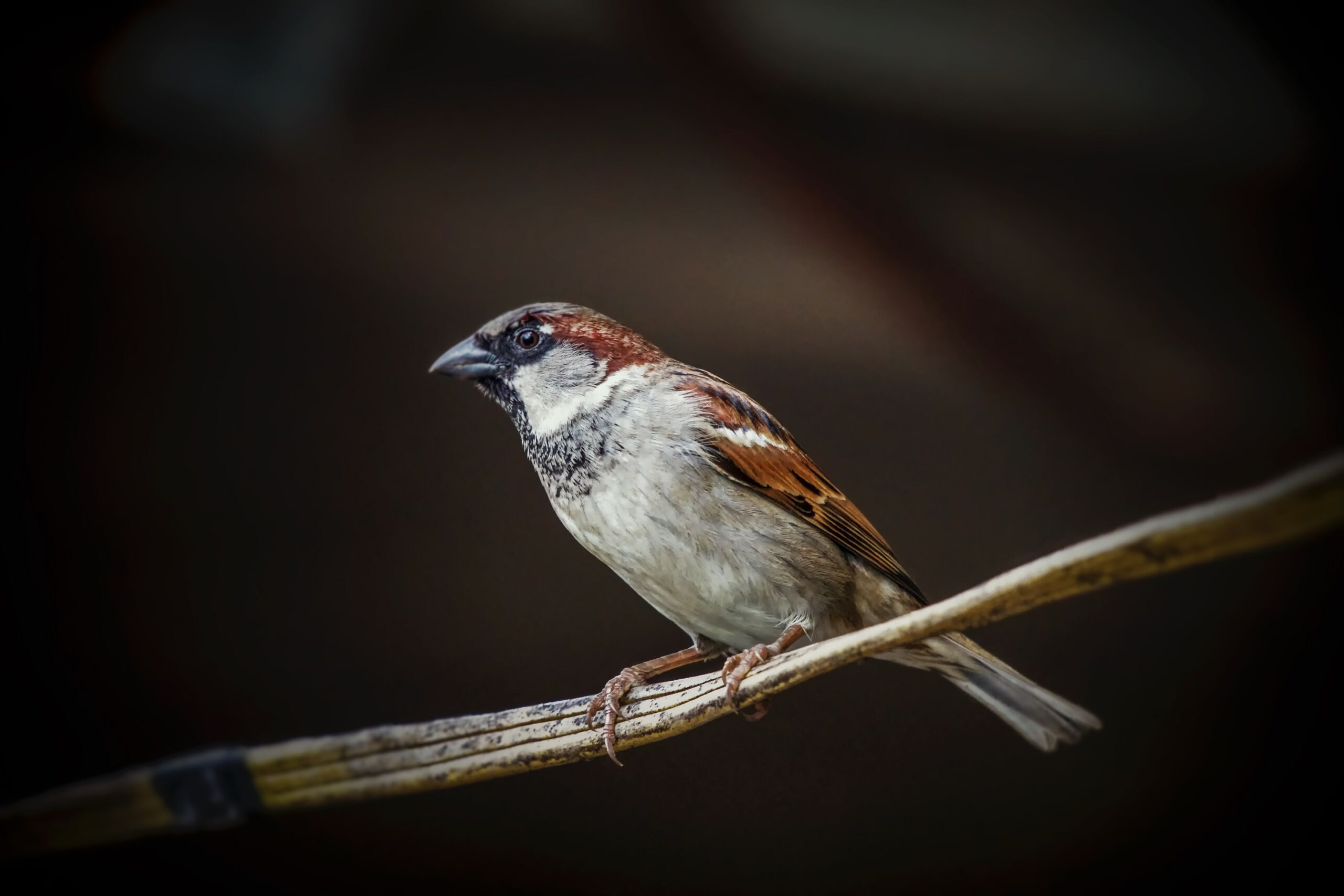
West Nile Virus Infectious Longer in Birds Exposed to Artificial Light at Night

Artificial light at night doesn’t just affect our ability to see the stars — it also impacts complex ecological interactions and disease transmission factors, with the potential to have profound effects on human health.
What is the relationship between disease transmission and artificial light at night? Last month, a researcher reported on a study that investigated this, tracking the effects of artificial light at night on sparrows with West Nile virus (WNV). Meredith Kernbach, an eco-immunologist at the University of South Florida in Tampa, presented her results at the annual meeting of the Society for Integrative and Comparative Biology on January 7. 1
For her research, Kernbach infected about 50 house sparrows with WNV, then split the group into two. The control group spent the night in darkness, as they would in an area unaffected by light pollution. The other half of the birds were in cages lit by a dim light. According to an article in Science News, “Kernbach based much of her lab test on real-world conditions. The viral dose she gave the birds was strong enough to kill about 40 percent of them, and it was well within what a mosquito might pick up vampirizing birds or mammals. She used white incandescent lighting, basically the last century’s universal light bulb, which is still common despite inroads by LED lighting.” 2 Science News reports, “the sparrows on average experienced about 8 lux of white incandescence during their seven-hour nights. (A heavily overcast day, by comparison, ranks at about 100 lux.)”
The birds were then monitored for stress hormones, disease symptoms, body weight, and blood levels of the virus. An article in Science magazine reports, “In both groups, most birds got sick and became infectious within 2 days, and almost half died. Those exposed to light didn’t get sicker, or stay sick longer. But they did remain infectious for a longer period of time.” 3
The immune systems of the birds in the control group brought levels of the virus down low enough that they could not transmit WNV to mosquitoes within about two days. The birds exposed to light at night stayed infectious for two more days, doubling the infectious period and potentially doubling the number of mosquitoes a sick bird could infect.
According to the Center for Disease Control and Prevention, “West Nile virus is most commonly spread to people by the bite of an infected mosquito. Mosquitoes become infected when they feed on infected birds. Infected mosquitoes then spread West Nile virus to people and other animals by biting them. About 1 out of 150 infected people develop a serious, sometimes fatal, illness.” 4
“Researchers are increasingly finding new and complex interactions between artificial light at night and all manner of animal species, including those that can be carriers of human diseases,” said IDA Executive Director J. Scott Feierabend. “The new results on West Nile virus by Ms. Kernbach and coworkers underscores the importance of reducing the stress on bird populations caused by the use of excessive outdoor light at night, given that we are beginning to understand its potential impact to public health.”
Kernbach’s study did not determine what hormones caused the difference in immune responses between the two groups of birds. However, the abstract of her presentation at the meeting concludes, “The combined effects of extended infectious duration in the absence of poor health or increased mortality could exacerbate the risk of WNV emergence, persistence, and/or spillover in areas of high light pollution, which tend to occur in close proximity to human populations.” 5
This study was limited in focus to the interaction between one species of bird and one virus, and it was carried out in a lab. But based on the results, it’s clear that there is a need for field research on this topic and studies involving other species.
- Meeting Abstract, Society for Integrative and Comparative Biology Annual Meeting (2018). Light Pollution Increases Host Competence to West Nile Virus in a Reservoir Species. Retrieved from http://sicb.org/meetings/2018/schedule/abstractdetails.php?id=365
- Milius, Susan. (2018). Light pollution can prolong the risk of sparrows passing along West Nile virus. Science News. Retrieved from https://www.sciencenews.org/article/light-pollution-can-prolong-risk-sparrows-passing-along-west-nile-virus
- Pennisi, Elizabeth. (2018). Light pollution may promote the spread of West Nile virus. Science. Retrieved from http://www.sciencemag.org/news/2018/01/light-pollution-may-promote-spread-west-nile-virus
- Centers for Disease Control and Prevention, West Nile virus. Retrieved from https://www.cdc.gov/westnile/index.html
- See note 1.



















